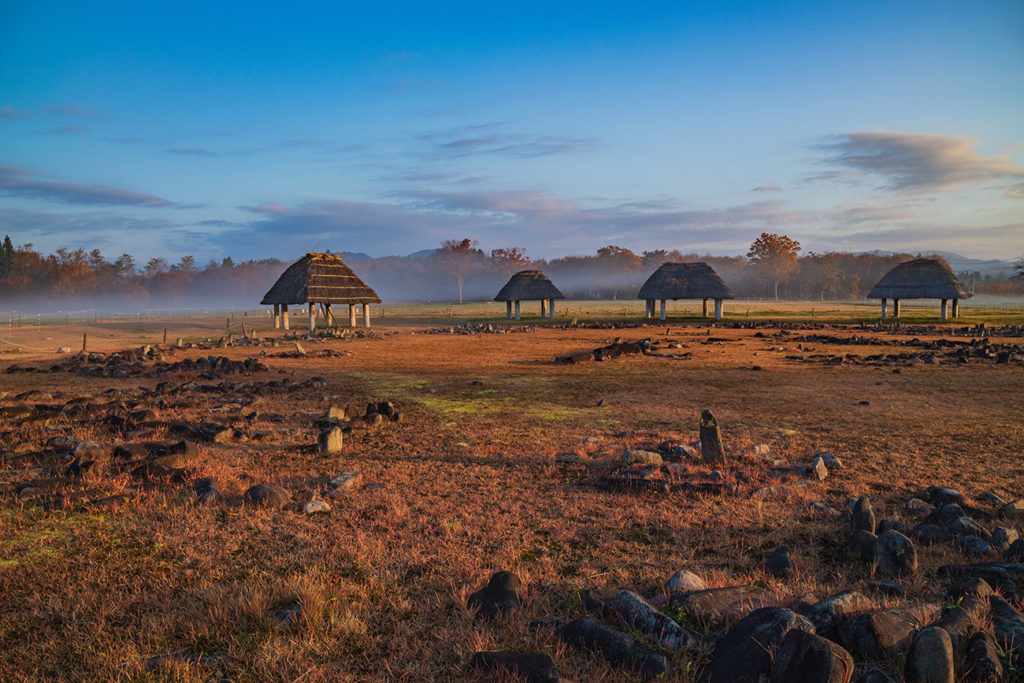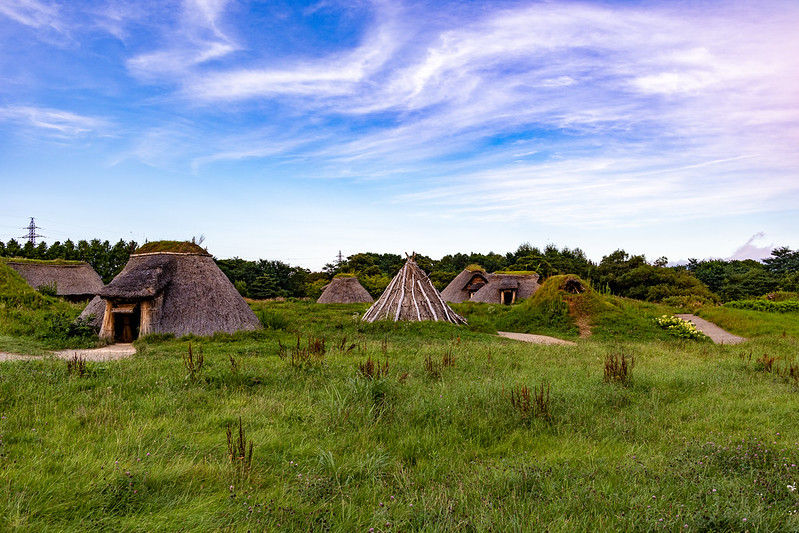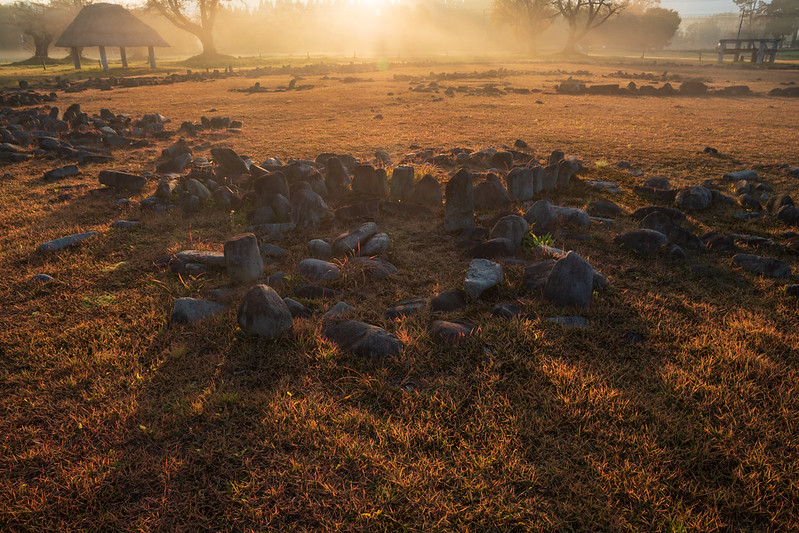
The Astonishing Ōyu Stone Circles
Every country has its own historical treasures that leave us agape with wonder. These historical sites were built by ancient civilizations in every part of the world. Some historic marvels include the ancient ruins of Machu Picchu, also known as Lost City of the Incas, in Peru. It lies on top of a mountain that’s only accessible by train or a four-day trek. Then there’s the historical archaeological city of Petra, in Jordan. The ancient city, possibly established as early as 312 BC, is also known as Rose City, because of the color of the stone used to carve it. It is famous for its rock-cut architecture and water conduit system. Another example is Stonehenge, in Wiltshire, England. It is a ring of standing stones that are set within earthworks (artificial changes in land level), right in the middle of the densest complex of the Neolithic and Bronze Age monuments in England, including several hundred burial mounds.
Ancient monuments and cities gives us a glimpse of how the history, culture, and traditions of a nation and its people somehow evolved. These ancient structures are a fascinating means to answer some of the questions we may have about the past. Japan has its own story to tell about its rich history.
Small houses in Sannai-Maruyama Site.
The Sannai-Maruyama is located southwest of Aomori City. These historical ruins can be traced to the Jōmon period (about 12,000 BCE), a time when the country was inhabited by a nomadic culture that later evolved into a degree of sedentism and cultural complexity.
Another amazing archaeological site in Japan is the Ōyu Stone Circles (大湯環状列石 ), or Ōyu Kanjyō Resseki, located in the city of Kazuno, Akita Prefecture in the Tōhoku region of Japan. It also dates back to the late Jōmon period.
Oyu Stone Circle.
The Ōyu Stone Circles, discovered in 1931, are two large stone circles on an artificially flattened plain on the left bank of the Ōyu River. The bigger stone circle is called the Manza circle. It has a diameter of 46 meters: the largest found in Japan. The slightly smaller stone circle is named the Nonakado circle. It is 42 meters in diameter and is located a few meters away from the Manza.
Each stone circle is made from river stones that seem to have been brought from another river about 7 kilometers away. Each circle contains a smaller cluster of stone including standing and elongated stones that form a sundial pointing towards the sunset on the summer solstice. The arrangement of the stones allows the calculation of the winter solstice, the vernal equinox (the moment in which the plane of Earth’s equator passes through the center of the Sun), and the sun’s movement. The Manza and the Nonakado circles and other remains were designated a Special National Historic Site of Japan in 1956 by the Japanese government and were submitted for inscription on the UNESCO World Heritage List as one of the Jōmon Archaeological Sites in Hokkaidō.


